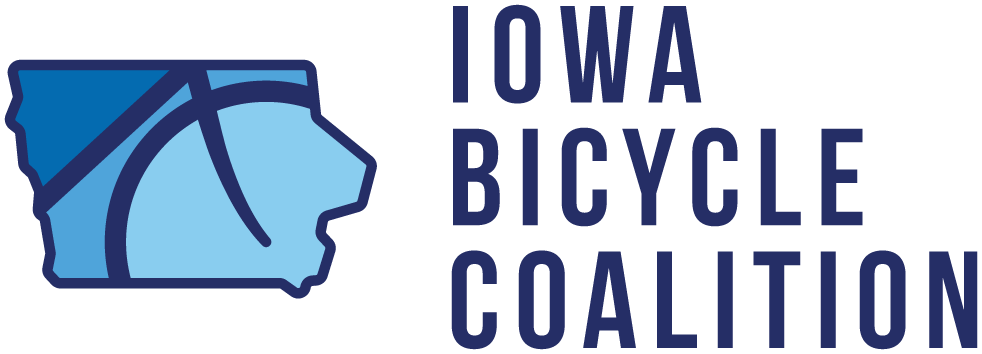In honor of National Bike Month, we’re spotlighting how bicycles are tools for personal empowerment, social justice and community development with our “Where the Ride Takes Us” web series. Today’s post is an excerpt from the May/June issue of American Bicyclist, featuring the innovative efforts of Team Better Block, which uses DIY tactics to empower and engage citizens to re-imagine their streets — in real time.
Jason Roberts fully expected to get arrested. “We decided we would break every law that we possibly could,” the Dallas resident recalls.
The day was September 11, 2010, the place was a nearly abandoned Tyler Street in the heart of the Oak Cliff neighborhood — and the 36-year-old IT consultant was the unlikely leader of a local revolution. Inspired by a trip to Europe, where pedestrian plazas and bike facilities created vibrant public spaces, Roberts had started to look around his own neighborhood and had a realization: Wow, we’re going about this all wrong.
In so many places, abandoned buildings disintegrated next to wide, lifeless streets, where absent sidewalks and cracked pavement made pedestrians and bicyclists unwelcome. Meanwhile, antiquated zoning laws hobbled entrepreneurship and street improvement were in the hands engineering experts huddling over maps making abstract calculations about traffic flow.
Roberts decided to challenge the status quo by showing folks the alternative — in real time.
Working with Andrew Howard, his partner in what would become known as Team Better Block, Roberts radically re-imagined Tyler street with the help of a small army of eager volunteers. They painted their own bike lanes and crosswalks. They turned an old car garage into a space for children’s art classes and created café seating outside previously abandoned buildings.
Cognizant of their rebellion, they printed out and posted in the windows every single law they broke in bringing Tyler Street back from the dead. But Team Better Block wasn’t led away in handcuffs. Quite the opposite: City officials started questioning the status quo, too. Clearly the Team has come up with a winning strategy.
Roberts’ innovative, do-it-yourself model proved effective in other areas of Dallas — and soon advocates and officials in other cities were calling, asking Roberts’ team to bring that energy and ingenuity to their own struggling streets. Just three years since that first event, Better Blocks has jumpstarted transformation in Memphis, Wichita, San Antonio and other major cities.
So what are the components of a Better Block and why have these strategies proven successful?
For Roberts, there are four critical attributes of a Better Block project. First, it has to be safe — while volunteers paint the bike lanes, there’s always an engineer in the background making sure the facilities are safe. It has to be inviting and engaging for people no matter their mode of travel and accessible for folks aged 8 to 80. And, perhaps most importantly, it has to have staying power. The beauty of a Better Block is that it’s a temporary installation, soothing concerns from policymakers or powerbrokers who may be wary of the transformation. But, at the same time, it has the potential to spur permanent changes to the street when it proves to be a success.
The key to that success? Changing the advocacy paradigm. “Get out of city hall and onto the street,” Roberts says. “Ninety-percent of the community wants action. They want to pick up a hammer, paintbrushes and brooms and start doing something.”
“It’s so much more powerful to allow people to experience an improved environment as opposed to just showing them pictures and renderings,” he adds. “By physically putting change on the ground, many people who were opposed or maybe didn’t understand the project, can become our advocates once they see that the changes are positive and don’t have a detrimental impact on traffic.”
Read the full story below…
.

Carolyn Szczepanski
Communications Director
Carolyn joined the League in March 2012, after two years at the Alliance for Biking & Walking. In addition to managing the League’s blog, magazine and other communications, Carolyn organized the first National Women’s Bicycling Summit and launched the League’s newest program: Women Bike. Before she crossed over to advocacy, she was a professional journalist for nearly 10 years.
via Bikeleague.org Blog http://blog.bikeleague.org/blog/2013/05/where-the-ride-takes-us-igniting-the-power-of-the-people/




